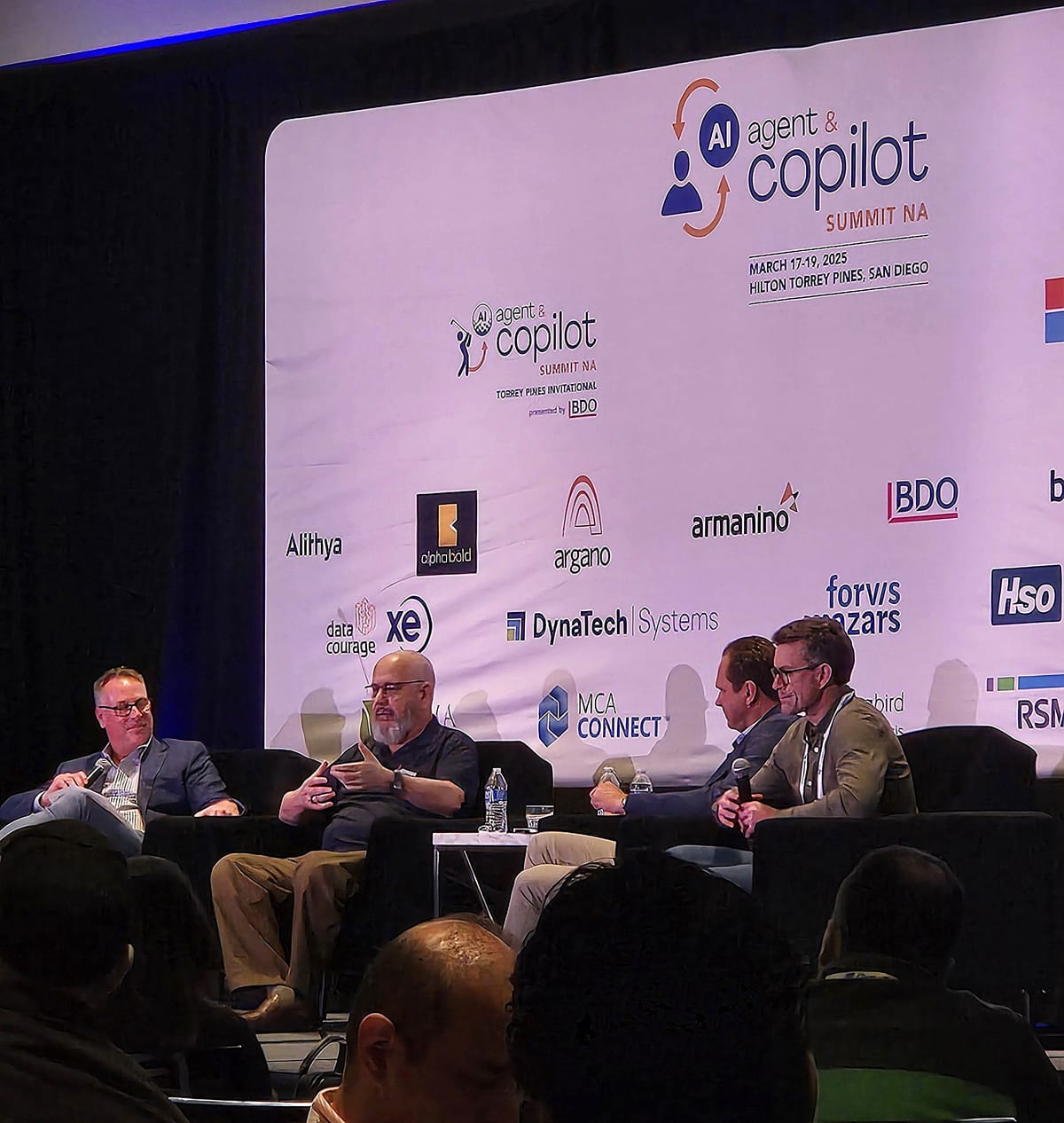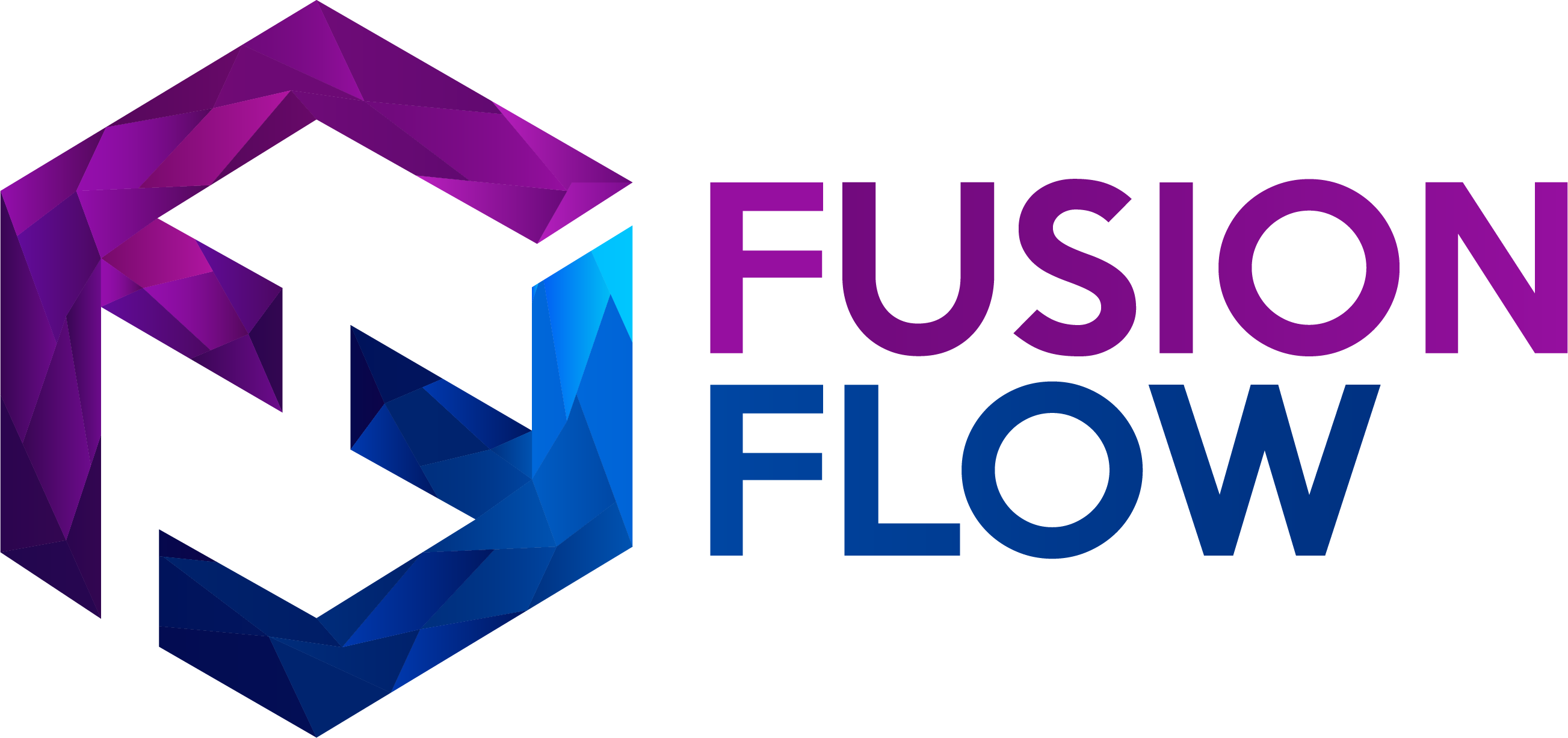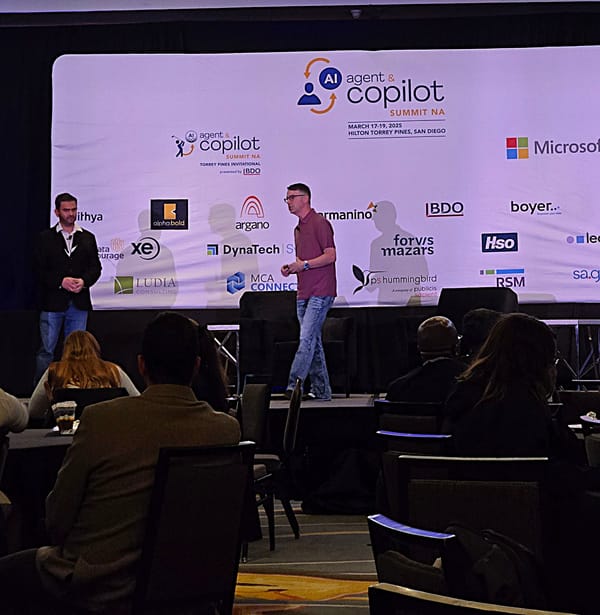How PriceSmart's Executive Team Aligns Business and Tech Strategy Around AI - Lessons for Every Enterprise Leader
PriceSmart integrates AI into its core strategy, rather than through peripheral projects. With accurate data, modular technology, and unified leadership, they enhance efficiency, retain talent, and improve customer experience across twelve countries. AI initiatives are spearheaded by top management.

Most AI programs fail before they reach the boardroom. Why? Leadership often treats them as experiments rather than integral parts of business strategy.
PriceSmart's executive team is taking a different approach. They integrate AI into running their $5 billion, 12-country retail business as a core tool for growth, efficiency, and talent retention.
During the AI Agent & Copilot Summit, CEO-in-waiting David Price, CIO Wayne Sadin, and Chief Legal Officer Francisco Velasco highlighted their approach.
1. AI Serves the Business
David Price emphasizes starting with a focus on serving the business:
"When I look at AI, it's just another means for us to do what we do better for our employees and consumers." — David Price
For PriceSmart:
- Transforming processes to modernize operations
- Enhancing consumer experiences, particularly in Latin American mobile-first digital behavior markets
- Improving employee experiences, vital for attracting and retaining workers across generations
They avoid legacy ERP baggage and move faster with modular architecture.
2. Data Comes First
Wayne Sadin stresses the importance of data:
"Every conversation we have with a business is about a couple of things. The first one is data. I'll say it again - data and data." — Wayne Sadin
Deriving value from AI is impossible without clean, governed data on members, employees, vendors, and merchandise.
PriceSmart's investments include:
- Master data management and governance
- Modern data pipelines for AI and analytics
- Modular architecture adaptable across 13 markets
The aim is to forecast sales, optimize inventory, and personalize member experiences, contingent on reliable data.
3. Cultural Shift is Key
David Price notes the integration of transformation into the CEO's responsibilities:
"We're going to be getting rid of the Chief Transformation Officer role... this should just be a part of the CEO's job." — David Price
AI requires company-wide cultural change:
- IT is integrated into business units; initiatives are business projects with tech support.
- Legal proactively trains on GenAI and Copilot.
- Leadership focuses on employee experience as a competitive advantage.
4. Governance as an Enabler
Francisco Velasco shares his evolution:
"Two years ago, I was terrified when I heard AI." — Francisco Velasco
Now he champions doing it responsibly:
- Guardrails on sensitive data
- AI clauses in contracts
- Training employees to use AI responsibly and legally
Legal and compliance should be involved from the start.
5. Leadership Alignment Matters
As a result of their approach, AI is integrated into PriceSmart's core business strategy.
- The board and CEO drive the agenda.
- AI helps scale without merely adding headcount.
- Culture, talent retention, and customer experience are AI-enabled opportunities.
"It's about how we use technology to make better decisions and let people focus on higher-level service." — Wayne Sadin
Bottom Line
PriceSmart's model focuses on:
| Principle | Execution |
|---|---|
| AI tied to business value | Supply chain, member experience, back-office productivity |
| Data-first foundation | Master data management + modular architecture |
| Culture-first adoption | Business-led projects, legal alignment, talent focus |
| CEO-driven agenda | AI impact is driven by leadership, not delegated |
If your AI strategy isn't board-visible and front-line usable, it's not ready yet. Companies treating AI as a leadership tool, like PriceSmart, will progress faster and compete harder.





